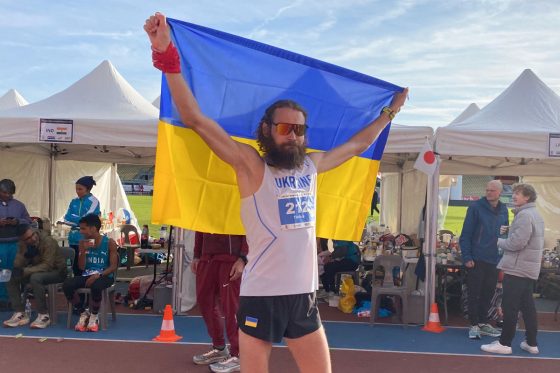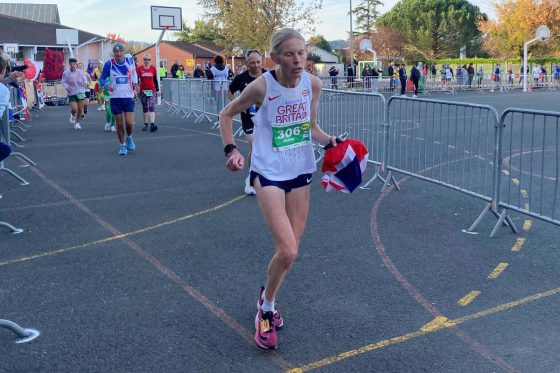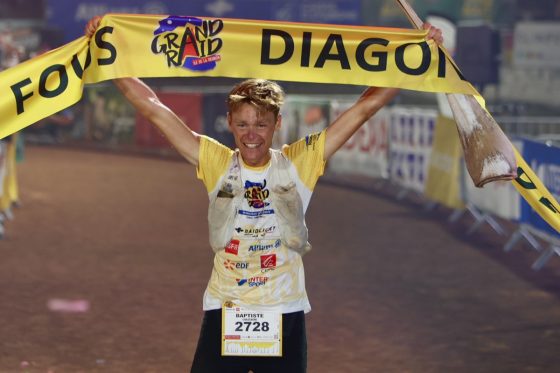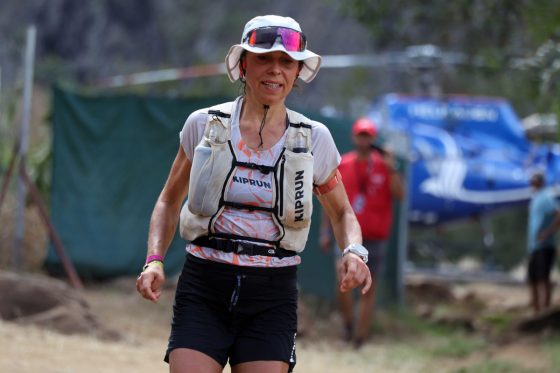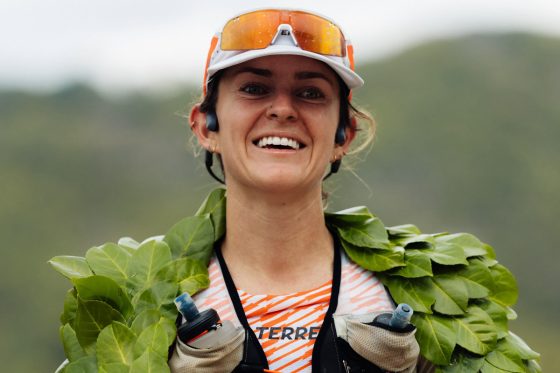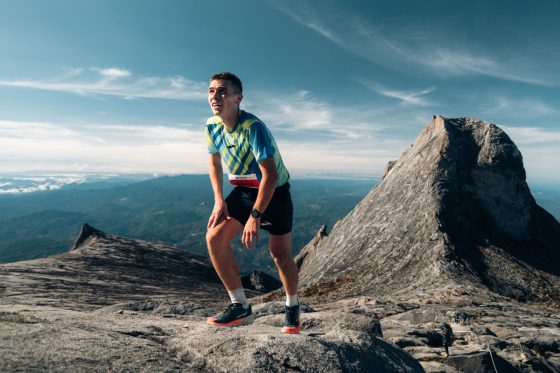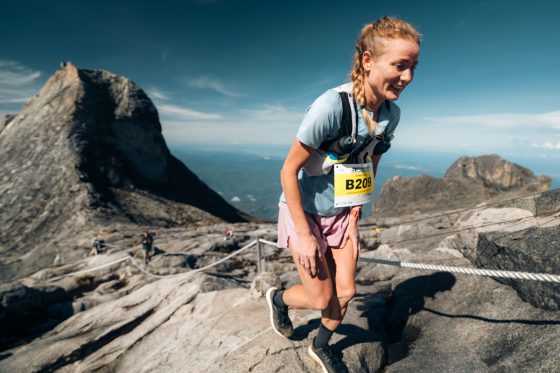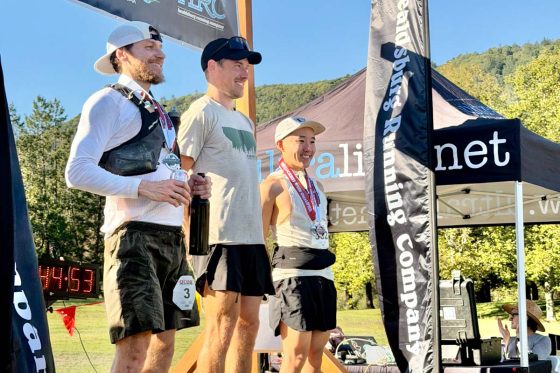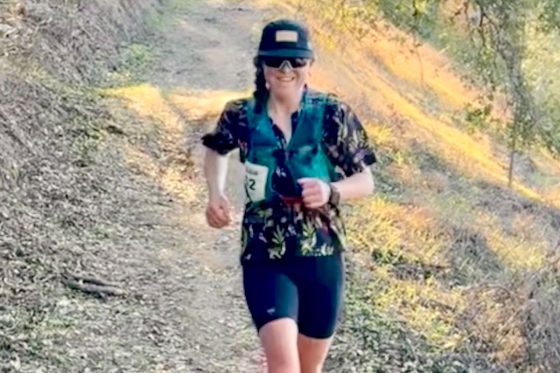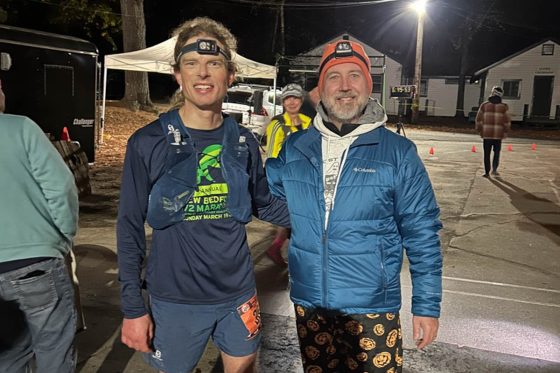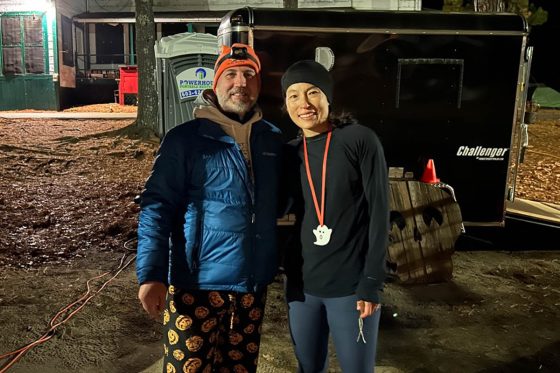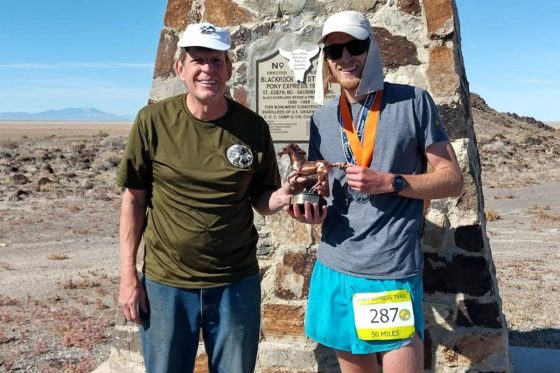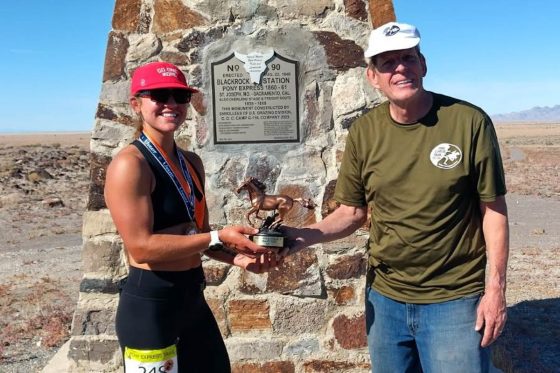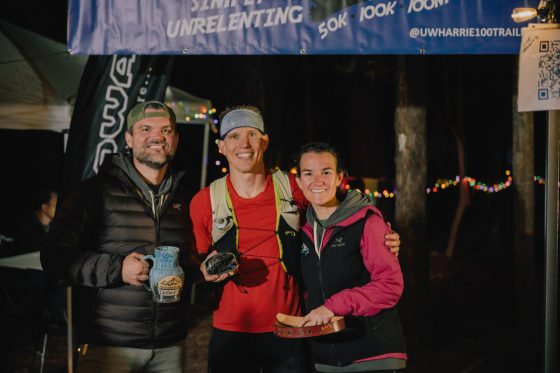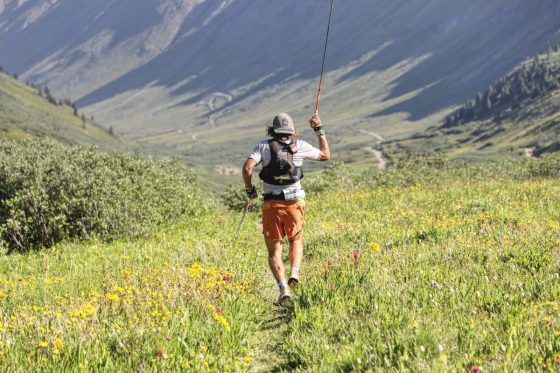📌 Affiliate Disclosure: This post contains affiliate links. We may earn a commission if you make a purchase through these links at no additional cost to you. This helps support our ultra running content. See our full Affiliate Disclosure for details.
Ultra running takes place in remote locations that public transportation doesn’t serve. You can’t Uber to the Western States start line at 5 AM. Buses don’t run to Hardrock aid stations. Most ultras require personal vehicles for race logistics – but many runners fly to destination races, creating a car rental necessity that becomes expensive across multi-race seasons.
After years of managing race travel logistics and rental car costs, I’ve found that using comparison platforms like EconomyBookings for race rental cars provides cost savings that accumulate significantly across 3-6 races annually.
Why Ultra Races Often Require Rental Cars
Remote Start Locations
Most 100-milers start in mountain towns or trailheads hours from major airports. Western States starts at Olympic Valley (90 minutes from Reno airport). Hardrock starts in Silverton (6+ hours from Denver). UTMB starts in Chamonix (90 minutes from Geneva). You need transportation from airport to race.
Aid Station Crew Access
If you have crew supporting during races, they need vehicles to move between aid stations. Point-to-point courses (Western States, Tahoe 200, Cascade Crest) require vehicles to follow runners across 100 miles of mountain roads. Crews might need SUVs or larger vehicles for gear and multiple people.
Course Scouting and Training Access
Many runners arrive 2-4 days early to scout course sections and acclimate. This requires vehicles to access trailheads and remote training locations. You’re not just renting for race day – it’s 3-5 days of access to mountain roads and trails.
Post-Race Logistics
After finishing a 100-miler, you’re physically destroyed. You need reliable transportation back to airport without navigating public transit while barely able to walk. Rental cars provide controlled, private transport during recovery.
The Cost Reality of Race Rental Cars
Rental cars represent significant race travel costs:
Typical race weekend rental:
- Duration: 4-5 days (Thursday arrival, Monday departure)
- Standard rate: $60-90/day
- Total: $300-450 per race
- Multiple races: 3-4 races/year = $1,200-1,800 annually
That’s equivalent to 2-3 additional race entries in rental costs alone. For runners on budgets, this becomes a limiting factor on how many destination races are financially viable.
Hidden Costs That Compound
Airport fees and surcharges: $5-15/day in airport facility fees, concession recovery fees, local taxes
Insurance confusion: Rental companies aggressively upsell collision damage waivers ($15-25/day) which you might not need if your credit card or auto insurance provides coverage
Fuel policies: “Return empty” policies sound convenient but inflate costs; “full-to-full” requires finding gas stations near airport during tight departure windows
Mileage limits: Some rentals cap miles (150-200/day); scouting courses and crew aid station runs easily exceed limits, triggering overage fees ($0.25-0.50/mile)
These hidden costs add $50-120 per rental, making a seemingly $280 booking cost $350-400 final price.
Why Standard Rental Booking Often Fails Runners
Brand Loyalty Limitations
Sticking with one rental company (Enterprise, Hertz, Budget) out of habit means missing competitive rates. Pricing varies wildly between brands in the same location at the same time – sometimes 40-50% difference for identical vehicle classes.
Direct Booking Opacity
Booking directly through rental company websites shows their rates but not competitors. You don’t know if you’re paying $75/day when another company offers $50/day for the same vehicle at the same airport.
Inconsistent Pricing Logic
Rental car pricing is dynamic and opaque. Unlike hotels (where 4-star properties generally cost more than 2-star), rental pricing depends on fleet availability, day of week, season, local events. A compact car might cost more than a midsize if compact inventory is depleted.
This complexity means you can’t develop reliable heuristics (“always book Hertz” or “compacts are cheapest”). Each booking requires fresh comparison.
How Rental Car Comparison Platforms Save Money
Comparison platforms aggregate rates across multiple rental companies, showing competitive pricing in one view:
Transparent Price Comparison
See Enterprise, Hertz, Budget, Avis, Dollar, Thrifty rates simultaneously. This reveals pricing disparities instantly. When I compare rental rates for race travel, I consistently find 20-40% variance between most expensive and least expensive option for same vehicle class.
Example (Western States race weekend):
- Enterprise midsize: $82/day
- Hertz midsize: $68/day
- Budget midsize: $54/day
Booking Budget instead of Enterprise saves $112 over 4 days – nearly 35% reduction for identical vehicle class.
Filter for Critical Features
Race rentals have specific needs: unlimited mileage (for scouting), larger vehicles (if crewing), availability during specific hours (late arrivals/early departures). Comparison platforms let you filter for must-have features before comparing prices.
Cancellation and Modification Flexibility
Many comparison platform bookings include free cancellation, crucial for ultra running where injuries or race changes force travel plan modifications. Being able to cancel or modify rental cars without penalty provides critical flexibility.
Strategic Rental Car Selection for Ultra Races
Vehicle Size Optimization
Solo racer, no crew:
Compact or economy car sufficient. You need reliable transportation from airport to race and back, basic gear space (duffel, drop bag, cooler). Smallest practical vehicle saves 15-25% vs midsize.
Racer + crew (2-3 people):
Midsize or full-size sedan. Need rear seat space for crew member, extra trunk capacity for crew supplies, aid station gear, potentially camping equipment if crew is using vehicle for lodging.
Racer + large crew (4+ people):
SUV or minivan. Crew needs to travel together to aid stations, carrying folding chairs, coolers, food supplies, backup gear. These vehicles cost 30-50% more than compact cars but are necessary for crew logistics.
The mistake: over-sizing vehicles “just in case.” If you’re solo with no crew, a compact car is completely adequate. Don’t pay for SUV capacity you won’t use.
Unlimited Mileage Priority
This is non-negotiable for ultra race rentals. Course scouting, training runs at different trailheads, potential crew aid station loops across 100-mile courses – you’ll easily accumulate 300-600 miles during a race weekend.
Example mileage for Western States weekend:
- Airport to race hotel (Reno to Squaw Valley): 90 miles round trip
- Course scouting Friday: 150 miles (various sections)
- Race day crew movement: 200 miles (aid station to aid station)
- Return to airport: 45 miles
- Total: 485 miles
At $0.25/mile overage, exceeding a 200-mile cap would cost $71 extra. Unlimited mileage avoids this completely.
Fuel Policy Considerations
Full-to-full (best): Receive car with full tank, return with full tank. You pay market gas prices and only for what you use. Find gas station near airport before return.
Pre-purchase tank (acceptable if discounted): Pay upfront for full tank at rental rate (often market + 10-20%), return empty. Only makes sense if heavily discounted and you’ll truly use full tank.
Return empty (terrible): Return car with any fuel level, rental company bills for consumed fuel at premium rates ($5-7/gallon). Never accept this.
Full-to-full with planning (gas station stop 10 minutes before airport) saves $30-50 vs other policies.
Insurance Decision Matrix
Rental companies aggressively sell collision damage waiver (CDW) and other insurances ($20-30/day extra). Before purchasing:
Check your credit card benefits: Many cards provide primary or secondary rental car coverage. Call issuer to verify coverage, countries included, vehicle types excluded.
Review personal auto insurance: Your policy may extend to rental cars. Check with agent whether coverage applies to out-of-state rentals and if there are deductible considerations.
Calculate risk vs cost: If card provides primary coverage, declining rental company insurance saves $80-120 per 4-day rental. For 3 races annually, that’s $240-360 saved.
I use credit card coverage for standard rentals and only purchase additional insurance for high-value vehicles or international rentals where credit card coverage may not apply.
Booking Timeline Strategy
Book When Registering for Race
Once you’re committed to a race (registration paid, travel planned), book rental car immediately if using major airport. Rates generally increase as pickup date approaches, and vehicle availability decreases during peak seasons.
Monitor and Rebook
With free cancellation policies, book early then monitor rates weekly. If prices drop, rebook at lower rate and cancel original. I’ve saved $40-80 per rental through this approach.
Set calendar reminders 60 days, 30 days, and 14 days before travel to check rates.
Consider Off-Airport Locations
Airport rentals include facility fees and surcharges that off-airport locations avoid. If race hotel offers shuttle to nearby rental location, you might save 10-15% vs airport pickup.
Trade-off: Convenience vs cost. Airport pickup is easier especially post-race when exhausted. Off-airport savings of $35-45 per rental might not justify logistical complications.
Special Considerations for Different Race Types
Point-to-Point Courses (Crew-Intensive)
Races like Western States, Tahoe 200, Cascade Crest require crew vehicles to follow runners across long distances. Consider:
- Larger vehicle for multiple crew members + gear
- Extra fuel tank capacity (some aid stations are remote with limited gas)
- 4WD if accessing aid stations on rough roads
Loop Courses (Lower Vehicle Demands)
Loop courses where runners pass same locations multiple times (Leadville, Massanutten, many 50Ks) require less vehicle movement. Smaller, more economical rentals work fine.
Mountain Races in Winter/Shoulder Seasons
Early spring or late fall mountain races might have snow/ice on access roads. 4WD or AWD becomes necessary. These cost 25-40% more than 2WD equivalents but are essential for safety and access.
Check historical weather for race location/date before booking 2WD economy car that can’t handle conditions.
Cost Optimization Across Racing Season
Scenario: 3 destination races requiring rentals
Without comparison shopping:
- Book directly with familiar brand (Enterprise, Hertz)
- Average cost: $380 per 4-day rental × 3 races = $1,140
With comparison platform strategy:
- Compare rates across all providers
- Select best value for needs
- Average cost: $260 per rental × 3 races = $780
- Annual savings: $360
That savings covers race entry fees or offsets accommodation costs.
Common Rental Car Mistakes for Ultra Runners
Mistake 1: Over-Sizing Vehicle
Booking SUV when compact would work, wasting $150+ per rental on unused capacity.
Mistake 2: Accepting Mileage Caps
Booking 150-mile/day limit to save $8/day, then paying $75 in overage fees.
Mistake 3: Buying Redundant Insurance
Purchasing rental company CDW despite having credit card coverage, paying $100 for unnecessary protection.
Mistake 4: Ignoring Fuel Policies
Accepting “return empty” policy and paying $6/gallon for fuel vs $4.50 at gas station.
Mistake 5: Last-Minute Booking
Waiting until 2 weeks before race, missing cheaper early rates and better vehicle selection.
Final Thoughts on Race Travel Rental Car Strategy
Rental cars are necessary infrastructure for destination ultra racing, but they don’t have to be budget killers. Strategic booking – comparison shopping, right-sizing vehicles, optimizing fuel and insurance policies – saves $300-500 annually across typical multi-race seasons.
Using comparison platforms for race rental cars takes 10 minutes per booking but yields savings equivalent to an entire race entry. The ultra running season is expensive enough without overpaying for vehicles.
Your race budget is finite. Every dollar wasted on overpriced rental cars is a dollar not available for better race entries, quality coaching, or upgraded gear. Treating rental logistics with the same strategic planning you apply to training means more resources available for the investments that actually improve performance.
The rental car gets you to the start line. It doesn’t need to be luxurious or expensive – it needs to be reliable, appropriately sized, and cost-effective. Strategic booking ensures you have exactly that, without paying for unnecessary upgrades or accepting inflated rates that comparison shopping easily avoids.

